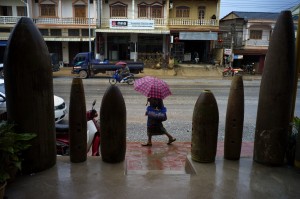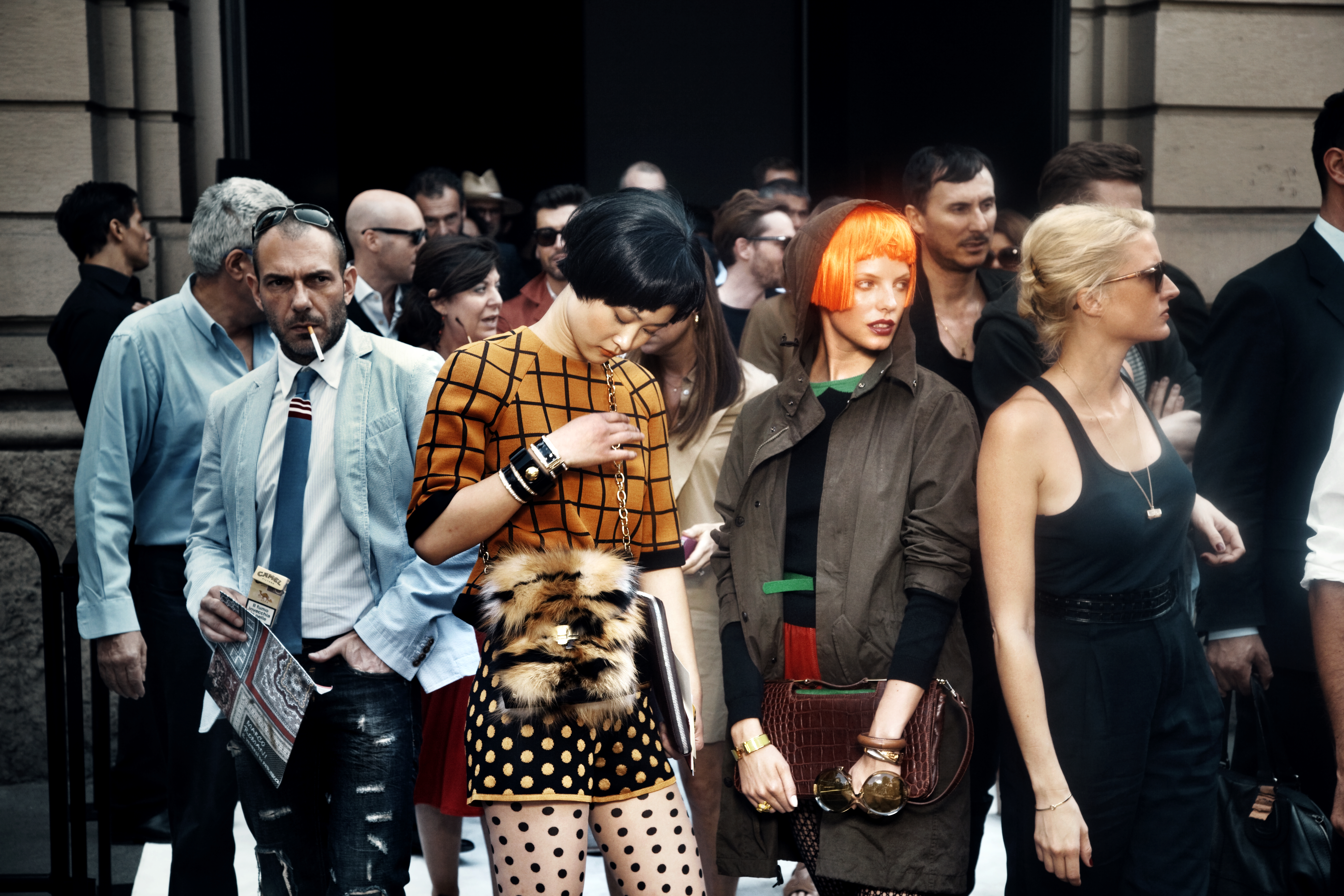Art or Evidence: The Power of Photojournalism
January 3rd-March 17th, 2013

A row of unexploded bombs dropped by the US military serve as decoration, 2011, giclée print, © Tomas Van Houtryve / VII
This exhibition features the portfolio, Flashpoints, by international photojournalist Gilles Peress, which includes work from the conflicts in Northern Ireland, Iran, Rwanda and Bosnia. Peress sees his work as “gathering evidence for history” rather than art, though the forensic nature of his photography is a mere fraction of its meaning. Thirteen additional photojournalists are included, whose work ranges from the battlefield to the social sphere of everyday life.
The response to a photograph whether shot straight, staged or constructed cannot be determined. Every observer brings his or her own content to the image thereby changing its interpretation. Publishers seek to sell newspapers and satisfy their customers by choosing images that conform to pre-established views. As Barthes notes, these photographs are read “through a traditional stock of signs.”
The photojournalistʼs practice is a complex (and dangerous) pursuit in the name of providing not a single truth, but knowledge to the public. The images resulting form a part of the public memory and often impact the publicʼs aspirations for the future as well. An iconic photograph can last in the memory far longer than the text it was originally tethered to. If this process is at times imperfect, indeed occasionally a pure deception, it remains profoundly important to the public discourse.
Through examination of these images we can not only see a ʻtrace of the original,ʼ but also gain an insight into the societyʼs needs and values. What methods have been used to insure our peace of mind or disturb it? By contemplating press images from multiple angles, we can challenge our own stock responses to them, allowing the structures of society to become visible.
—Marie Costello, Curator





